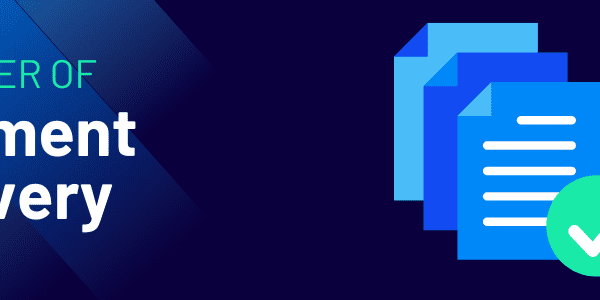
In today’s technology driven-world, most competitive companies use various best of breed applications. Unfortunately, most of these applications are not designed to work with one another right out of the box. Each application has its own programming language, database, and business logic and security layers. That makes sharing information between the various applications a challenge and requires some sort of translator.
One common way to integrate applications is to link at the data layer. Data Integration is critical because data needs to flow from one application to another in order for your business to see how well it is performing, spot problems and anomalies and to make decisions about how to maximize resources. Data integration between two applications may require some form of an application programming interface (API). The need for data integration is like needing an interpreter between two people who do not speak the same language. For example, an accounting application written in a different programming language can pass customer information to a sales CRM or telematics program and back by using an interpreter (a middleware) and an API technologies such as Web Service and Rest Service.
Two commonly used application integration technologies are Web Service and Rest Service. Web service is designed to support data exchange between different application systems via the internet. The web service can cross different programming languages and it’s platform-independent. The Web Services Description Language (WSDL) defines the specifications about the service whether outgoing or incoming. The definitions are stored as XML (Extensible Markup Language) specifications. A common structure for WSDL information is SOAP (Simple Object Access Protocol) which is a protocol to format XML documents for transmission.
Rest service is simple, lightweight, and fast. Request/Resource is manipulated using create, read, update, delete operations via HTTP (Hypertext Transfer Protocol). Resources are decoupled from their representation so that their content can be accessed in a variety of formats, such as plain text, PDF, JSON, JPEG and various other formats.
Web Services have become the technology of choice and the backbone to our modern device-driven world. Whether you use a mobile application, search engine or an enterprise system, chances are these common technologies play a role in integrating all your applications. Some of the examples where these technologies are used: Google Maps, hotel reservation services, weather services, return stock prices, or even to order lunch or find the perfect gift for that special someone.
While there is no one universal data integration solution, at Wynne we provide our customers with a robust and secured data integration solution. We have a catalog of web services such as inventory transfer, sales order, and equipment information and many more. Our customers can easily transfer data back and forth between RentalMan and various other applications, so give us a call to discuss your integration needs.
Written by Chanda Martin, Technical Project Manager & Penny Hsiao, Programmer at Wynne Systems.





